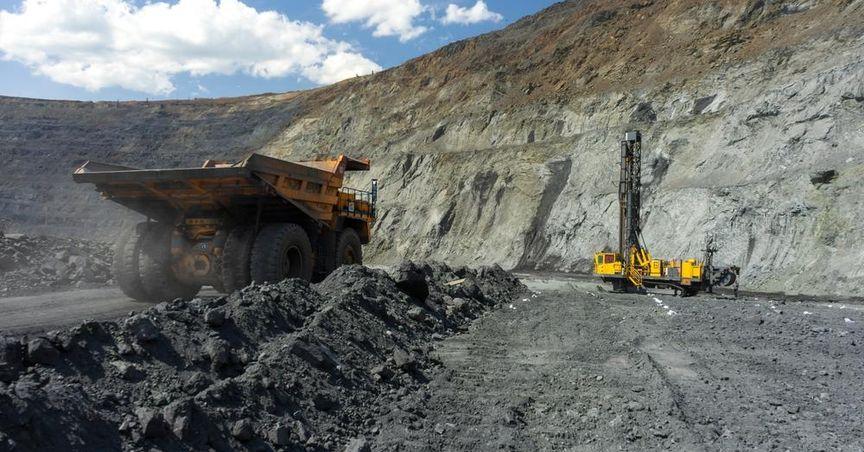Highlights
Duketon Mining Limited has secured an option to acquire the Killarney Gold Project in Western Australia.
The site includes high-grade gold occurrences with significant historical sampling results.
Exploration activities are underway to assess the site’s geological structure and gold presence.
The gold mining sector continues to play a foundational role in Australia's resource-driven economy. Known for its extensive mineral deposits, Australia remains a key contributor to the global gold supply. Exploration companies within the sector frequently pursue asset acquisitions to enhance their portfolios and reinforce their regional presence. Duketon Mining Limited, trading on the ASX under the ticker DKM, has recently moved forward with this strategy through an option agreement to secure the Killarney Gold Project.
Overview of the Killarney Gold Project
The Killarney Gold Project comprises two granted tenements located in Western Australia's Murchison region, a renowned gold-producing zone. Situated east of Mount Magnet, the project site spans a modest area with a notable geological profile. Despite its proximity to established mining districts, the site remains underexplored, presenting an emerging zone for structured exploration activities.
Historical Sampling and Geological Significance
In prior years, rock chip sampling at Killarney delivered notable gold grades. Sampling campaigns conducted in recent exploration efforts recorded strong surface mineralisation. These figures, derived from multiple sampling points, outline a consistent presence of gold-bearing material near the surface. The underlying geology includes quartz vein systems and associated shear structures, typical indicators of gold mineralisation in the region.
Recent Site Activity and Exploration Focus
During a recent assessment phase, Duketon Mining undertook verification sampling to evaluate the earlier findings. The collected samples from this phase again revealed substantial gold grades. The consistency between historical and current data underscores the geological continuity within the tenements. The company has outlined exploration plans involving drilling and detailed mapping to better understand the extent of mineralisation.
Mining History and Structural Insights
Previous small-scale extractions in the area produced significant quantities of gold from a relatively limited volume of material. These operations, though not extensively documented, indicate a structurally controlled gold system. Evidence of high-grade gold from a parallel geological substructure supports the presence of mineralised zones with economic interest. The structural setting of the Killarney project area mirrors other productive systems within the region, contributing to the rationale for further exploration.
Corporate Strategy and Exploration Expansion
According to company statements, the Killarney acquisition forms part of Duketon Mining’s broader strategy to develop a robust exploration portfolio in Western Australia. The area’s known gold-endowment, combined with historical sampling data, aligns with the company’s approach to securing high-grade projects within established mining corridors. The focus remains on undertaking systematic exploration to delineate gold-bearing zones with geological continuity.
Market Response and Industry Discussion
Initial market activity following the announcement of the Killarney agreement showed interest from market participants. Duketon Mining’s positioning within the gold exploration space continues to attract attention from resource-focused circles. The company’s exploration activities have also prompted discussions across industry forums where developments in Australian mining projects are frequently tracked and debated.



